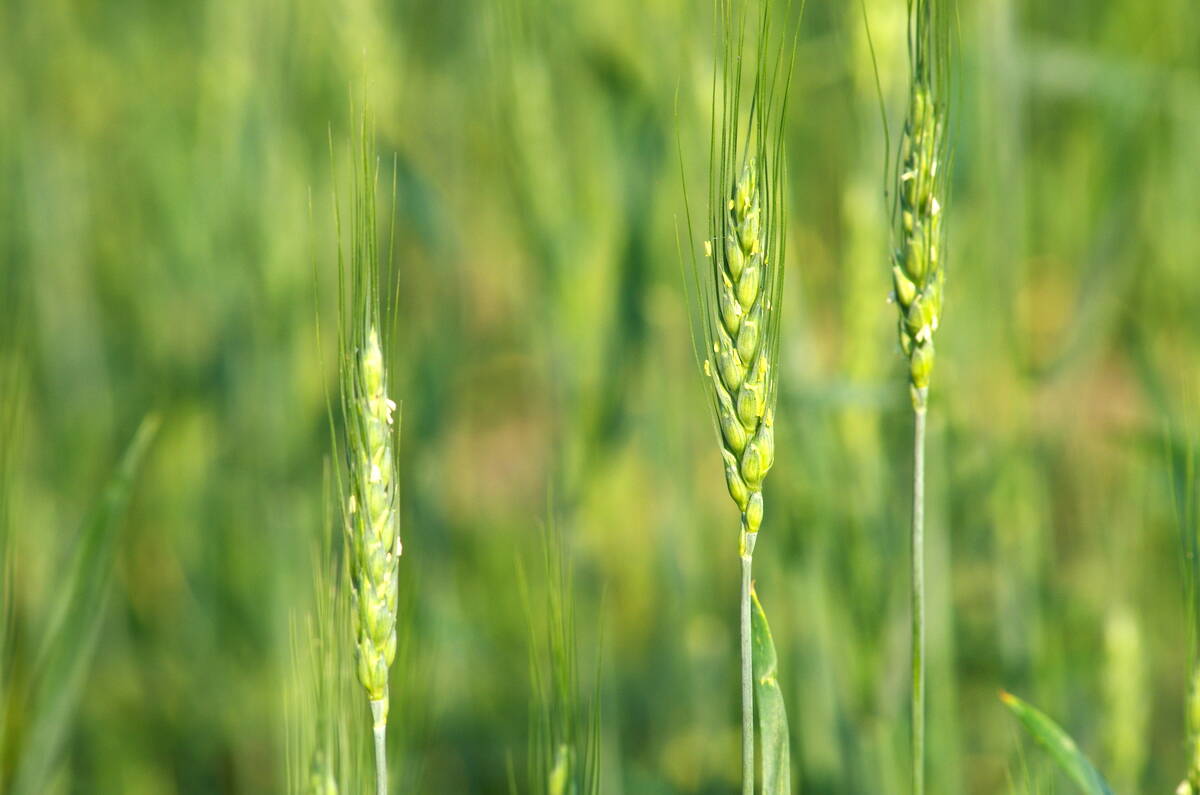The Canadian Grain Commission plans to reclassify five wheats from the Canada Western Red Winter class to CW General Purpose in 2013.
Effective Aug. 1, 2013, CDC Kestrel, CDC Clair, CDC Harrier, CDC Falcon and CDC Raptor will be moved to the CWGP class.
The commission said in a release Friday that the reclassifications are in response to feedback from farmers and other Canadian grain industry stakeholders.
“It was felt that the CWRW class should reflect milling quality,” the commission said. “Continuing to include varieties with high yield but low milling quality in the CWRW class affected the overall ability of this class to compete in global markets.”
Read Also

California researchers create nitrogen-fixing wheat
U.S. crop breeders have created a wheat variety capable of creating its own nitrogen fertilizer.
The Canadian Wheat Board currently splits the CWRW class into “Select” and “Generic” categories. Select denotes a minimum of 11 per cent protein and high milling quality, while Generic designates those which didn’t often meet the minimum protein requirement, but tended to be high-yielding.
All CWRW Select varieties will remain in the CWRW class after the reclassification in 2013, the CGC said.
Meanwhile, to help farmers and the grain industry “manage the quality issues” with CWRW varieties, the CGC said it has proposed some grade standards changes that would take effect Aug. 1, 2011, including:
- a new minimum grade specification of 11 per cent protein for No. 1 and No. 2 CWRW,
- a new No. 3 CWRW grade for deliveries with less than 11 per cent protein, and
- reduced tolerances for fusarium-damaged kernels (FDK).
“We recognize that producers grow these varieties for a reason,” CGC chief commissioner Elwin Hermanson said of the five CWRWs to be reclassified.
“By reclassifying these varieties, we are making sure that the classification system meets the needs of Canadian grain producers.”













